Beer & Cheese Bread with Oats
Beer & Cheese Bread with Oats is a hearty, rustic loaf that’s full of flavour. It’s perfect for eating with cheeses, meats and pickles or alongside soups and stews.
In this post I show you how to make it using my easy, no-knead overnight method for either dried yeast or sourdough starter. I’ve also included some fantastic local ingredients.
Disclosure: this post may contain affiliate links. If you buy via my links, I may earn a small commission at no extra cost to you.
Jump to Recipe
It’s so fitting that I publish my recipe for Beer & Cheese Bread with Oats on the first of May.
That’s because today is Staffordshire Day and this tasty bread contains goodies from two of the county’s fantastic independent producers. I’ve also included an ingredient found in North Staffordshire’s most iconic food item.
Beer Bread
After developing my no-knead method for making sourdough, a Sourdough Beer Bread was one of my earliest experiments back in 2017. All I did was substitute beer instead of the usual water when mixing up the dough.
However, the beer flavour was a little too subtle for my taste. That was probably because I’d used a rather unremarkable mass-produced brown ale. But what I really wanted was something much bolder.
So I knew I was going to have to revisit beer bread and have another go. I was reminded of that promise to myself while flicking through Slow Dough: Real Bread.
If you’ve read my post about Sourdough Potato Bread then you’ll already be familiar with this book from the Real Bread Campaign.
It was the Stout, Stilton & Walnut Bread that got me thinking. Why not use local products to make a beer and cheese bread with a particularly Staffordshire flavour?
So that more home bread bakers could try it, I tested two versions: one using a sourdough starter and one with fast-acting dried yeast.
The Beer
At the time of writing, Britain (and much of the world) is in lockdown due to the Covid-19 pandemic. That means there’s no just-nipping-out-to-the-shops/pub for beer. But thankfully we can get some of our favourite local beers, and support independent businesses, by getting it delivered straight to our door.
In my case, that means Plum Porter from Titanic Brewery.
Run by brothers Keith and Dave Bott, Titanic has been producing craft beer in Burslem, Stoke-on-Trent since 1985. Dark, fruity and with bags of flavour, I knew Plum Porter would be perfect for my new and improved beer bread.
I ordered a case of eight bottles on a Wednesday and was well pleased when it arrived first thing Friday. Just in time to do some weekend baking. And have a drink or two, of course!
As before, all I did to incorporate the beer into the bread was to use it instead of water when mixing up the dough. This was then left overnight or 12-16 hours. In the morning, the bubbly dough had a wonderful smell: malty, beery and with the sweet and fruity notes of plum.
Of course, you could substitute one of your own favourite local beers. Just make sure it’s a quality one with a good depth of flavour.
The Cheese
As to which cheese I was going to use, that really was a no-brainer. Back in March, I’d spent a day with the Staffordshire Cheese Company here in Cheddleton. On that day they were making one of my favourite cheeses: the creamy, mild but beautiful-tasting Dovedale Blue.
Besides learning about and watching Mary, Neil and Steve produce the wonderful handmade cheese, I’d helped to fill the cheese moulds. There was a small amount of curds left, not enough to make a large cheese, so Mary suggested I fill one of the smaller moulds to make my very own mini Dovedale Blue.
The cheese had since matured, and I’d eagerly collected it from the dairy. By now, other half and I had enjoyed most of it on homemade Sourdough Crackers, with which it pairs perfectly.
The remains of the Dovedale Blue were sitting in the fridge and I thought little nuggets of it would be wonderful studded through the Beer & Cheese Bread with Oats.
To incorporate the cheese into the bread, I just gently folded it into the dough following its overnight rise.
As with the beer, you can use your own favourite cheese so long as it’s well flavoured.
If you like, you could also increase the amount shown in the recipe. I’ve used a moderate amount (80 grams) as I didn’t want the cheese to overwhelm all the other flavours. I also knew I’d be eating more of the cheese alongside the bread.
Oats & Staffordshire Oatcakes
Besides the Staffordshire beer and cheese, I wanted my bread to also reflect North Staffordshire’s most famous product: oatcakes.
If you’re not familiar with Staffordshire Oatcakes, then you might be surprised to hear that they’re a sort of oatmeal pancake or crepe. They’re completely unrelated to the Scottish oatcakes usually served with cheese.
Mind you, cheese does usually find its way into these oatcakes, most often with sausage or bacon.
I gave a good coating of oatmeal to my Beer & Cheese Bread by using it instead of my usual flour for dusting the worktop and proving baskets. This gives a pleasant coarse texture to the outside of the crust.
The dough also contains rolled oats which have been soaked in boiling water. These add flavour and softness to the crumb.
To prevent the bread sticking to the bottom of the cooking pot (especially when that cheese gets gorgeously melty and sizzling), I sprinkle in a little more oatmeal before flipping in the dough and slashing the top.
If you want to read more about my method of cooking bread in a pot, read this post for yeasted bread and this post for sourdough bread.
Baking the Beer & Cheese Bread with Oats
The main difference between the yeasted and the sourdough versions of my Beer & Cheese Bread with Oats is the proving times on the second day.
The yeasted bread will be ready to bake around 30 minutes after you’ve folded in the cheese. The sourdough will need 60-90 minutes.
I bake all my loaves in a preheated, heavy pot with a lid for the first 3o minutes of cooking. The intense heat and trapped steam helps the bread to rise and gives a lovely crust.
For the final 10-15 minutes I take the bread out of the pot and bake it directly on the oven shelf to finish browning.
Your kitchen will be filled with an incredible smell of boozy, cheesy bread baking.
All that’s left to do then is put the baked bread on a wire rack to cool a little. That’s if you can resist tucking in right away or picking at the cheesy nuggets burst through the crust and baked to a crispy deliciousness.
The Finished Bread
Both the yeasted and the sourdough bread had risen well, the yeasted a little more.
Each had a lovely golden crust, dotted with those tempting morsels of now-crispy cheese.
In the next image you can see the difference in the crumb of the two loaves. On the left is the sourdough version with the more open interior and classic larger holes. On the right is the closer textured loaf made using instant yeast.
I think both loaves had their merits. The sourdough had a more robust, chewy texture while the yeasted was softer, perhaps with the effect of adding oats more noticeable.
Despite the fierce heat of baking, both had retained the malty taste of the beer which had been lacking in my experimental loaf. I was also pleased that Plum Porter’s fruity notes were still there too.
And of course there was that wonderful Dovedale Blue cheese speckled through the bread, giving burst of extra flavour.
The bread was cold by now, so I reheated a slice in the microwave: only a few seconds to get the cheese sizzling again. Fantastic!
Serving Beer & Cheese Bread with Oats
With a good bread like this, full of wonderful things, you don’t need to eat anything fancy with it.
Cheese (Dovedale Blue of course), pickles, a chutney like my stonking Smoky Tomato Chilli Chutney and a glass of good beer like Plum Porter will allow you to really appreciate it.
Usually one for spreading plenty of butter on my bread, I thought it might actually detract from this loaf so did without.
The more rustic sourdough version asked to be pulled apart in rough chunks.
Slicing into triangular portions seemed more suitable for the somehow more refined looking yeasted loaf.
Whichever version you make (or you could try a small loaf of each to compare and contrast), I think this Beer & Cheese Bread with Oats is a winner.
Hearty and full of flavour it’s a celebration of both quality, local independent food and the homemade.
Happy Staffordshire Day!
Have you made Beer & Cheese Bread with Oats?
Leave a comment & rate the recipe below.
ALL PHOTOS © MOORLANDS EATER & NOT TO BE REPRODUCED WITHOUT PERMISSION
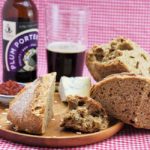
Beer & Cheese Bread with Oats
A hearty, rustic loaf that's full of flavour that's perfect for eating with cheeses, meats and pickles or alongside soups and stews.
Made using an easy, no-knead overnight method, instructions included for both instant dried yeast and sourdough starter.
Ingredients
- 80 g rolled oats
- 100 ml boiling water from a kettle
- 400 g white bread flour
- 100 g rye flour (optional: replace with any other flour you like)
- 100 g malthouse flour (optional: replace with any other flour you like)
- 2 tsp salt
- 80-100 g cheese, diced small see Recipe Notes for recommendations
- fine or coarse oatmeal (or extra flour) for dusting
For yeasted version
- 1.5 tsp quick, fast-acting dried yeast
- 460 ml dark beer see Recipe Notes for recommendations
For sourdough version
- 400 ml dark beer see Recipe Notes for recommendations
- 30 ml sourdough starter lively, refreshed approx 6 hours before
Instructions
The day before you want to bake the bread
-
Put the rolled oats in a bowl and pour over the boiling water. Stir and leave until completely cold.
-
Take a large bowl and add the flours. Stir in the salt.
Add the cold, soaked oats and rub them into the flour (as if you were making pastry) so that they're distributed throughout the flour.
-
For the yeasted version:
Stir in the dried yeast, then add all 460ml of the beer.
For the sourdough version:
Put the 400ml of beer in a jug then add the sourdough starter. Stir well to dissolve the starter.
Put the contents of the jug into the bowl containing the flour mixture.
-
Stir together to make a wet dough, ideally using a plastic or rubber spoon or spatula. Make sure everything is well combined.
Cover the bowl and leave overnight (12-16 hours).
The day of baking
-
The dough, still quite wet, should be well risen and very bubbly. Leave a little longer if necessary.
-
Scrape the dough out of its bowl and onto a worktop well dusted with oatmeal or flour.
If making 2 small instead of 1 large loaf, divide the dough in half now.
Fold the dough several times, keeping it well dusted with oatmeal or flour to prevent sticking, until it comes together into a smooth ball.
Flatten out the dough a little then sprinkle over the diced cheese. Fold it in half to cover the cheese, then keep folding until the cheese is distributed throughout the dough. Add more oatmeal or flour if needed to stop it sticking.
Shape the dough to roughly fit the proving basket(s) or tea towel-lined bowl(s).
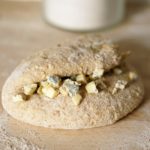
-
For the yeasted version:
Dust the proving basket(s) or tea towel(s) with oatmeal or flour and put the dough inside, smooth side down.
Cover and leave for around 30 min or until the depression left by a finger pressed into the dough slowly rather than quickly springs back.
For the sourdough version:
Cover and leave on the worktop to rest for 10 min.
Dust the proving basket(s) or tea towel(s) with oatmeal or flour and put the dough inside, smooth side down.
Cover and leave for 60-90 min or until the depression left by a finger pressed into the dough slowly rather than quickly springs back.
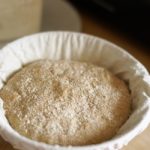
-
In the meantime: preheat the oven to its highest setting and put inside one or two cast iron pots or Dutch oven(s) including lids.
-
When ready to bake, remove the pot(s) from the oven and dust the inside with oatmeal or flour. Carefully flip the dough from the proving basket(s) or bowl(s) into the pot(s).
Slash the top(s), replace the lid(s) and place in the oven.
Immediately turn the heat down to 240C/220C Fan/Gas 9.
Bake for 30 minutes without removing the lid(s).
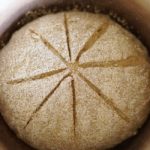
-
After 30 minutes, reduce the heat to 220C/200C Fan/Gas 7.
Remove the pot(s) from the oven, take the bread(s) out, then return to sit directly on the oven shelf. Bake for a further 10-15 minutes until the bread is cooked through (should sound hollow when tapped underneath).
If necessary, reduce the oven temperature to stop the crust over browning before the bread is finished baking.
-
Place on a wire rack to cool before eating.
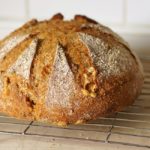
Recipe Notes
I use local Dovedale Blue cheese from the Staffordshire Cheese Company in this recipe, but other cheeses can be used, so pick your favourite. You can also increase the amount of cheese.
I recommend a dark, strong flavoured beer for the best results. I use Plum Porter from Titanic Brewery in Stoke-on-Trent and love the fruity hints it brings as well.

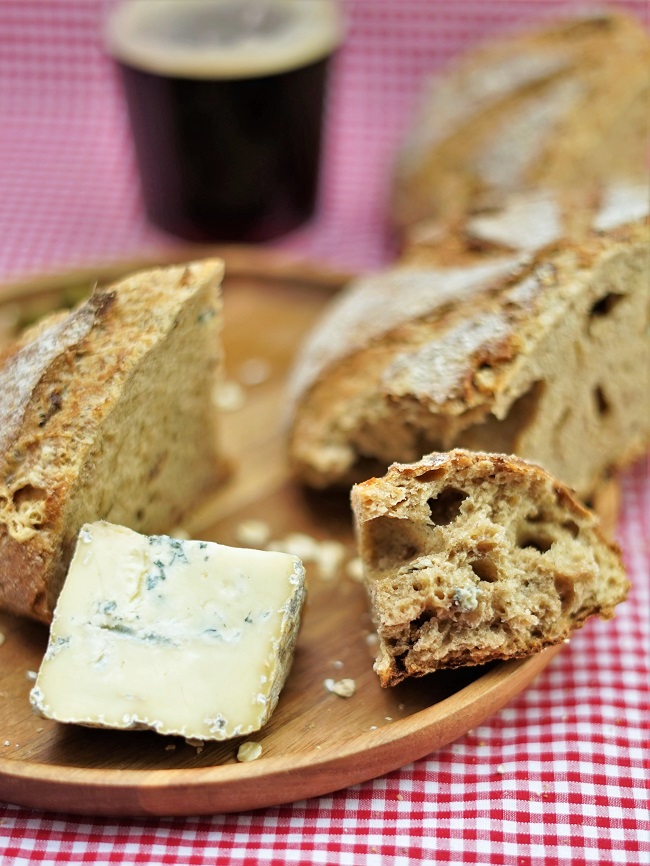
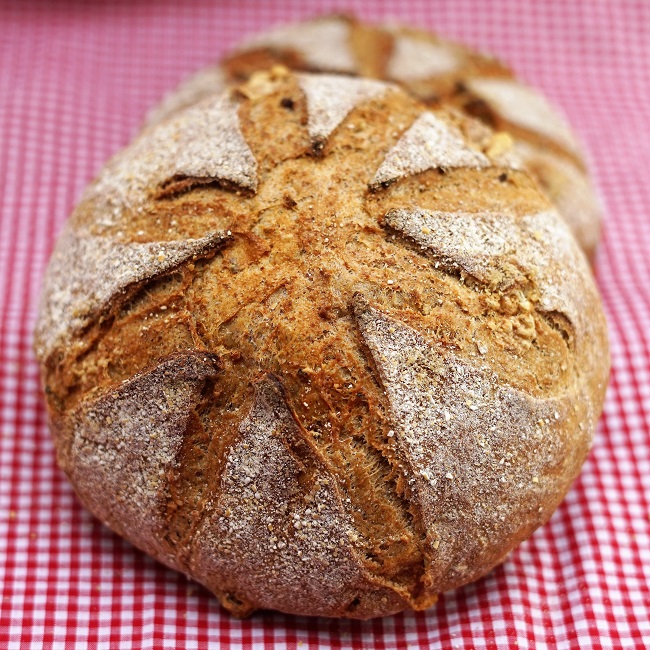

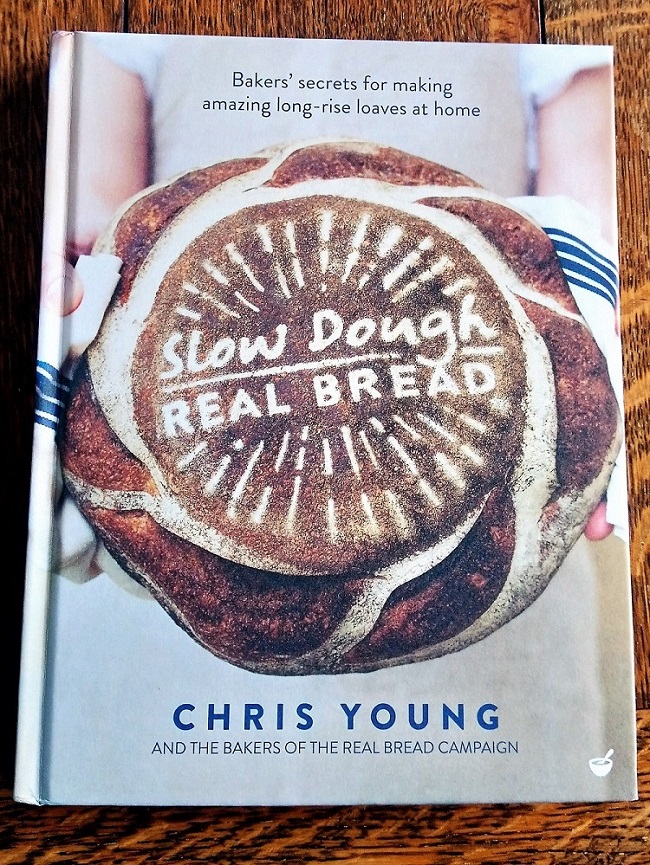
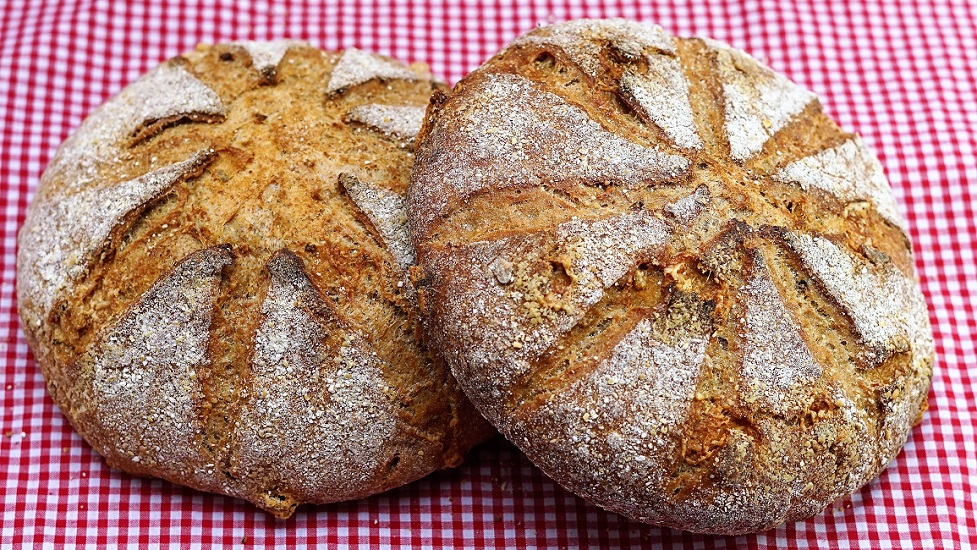
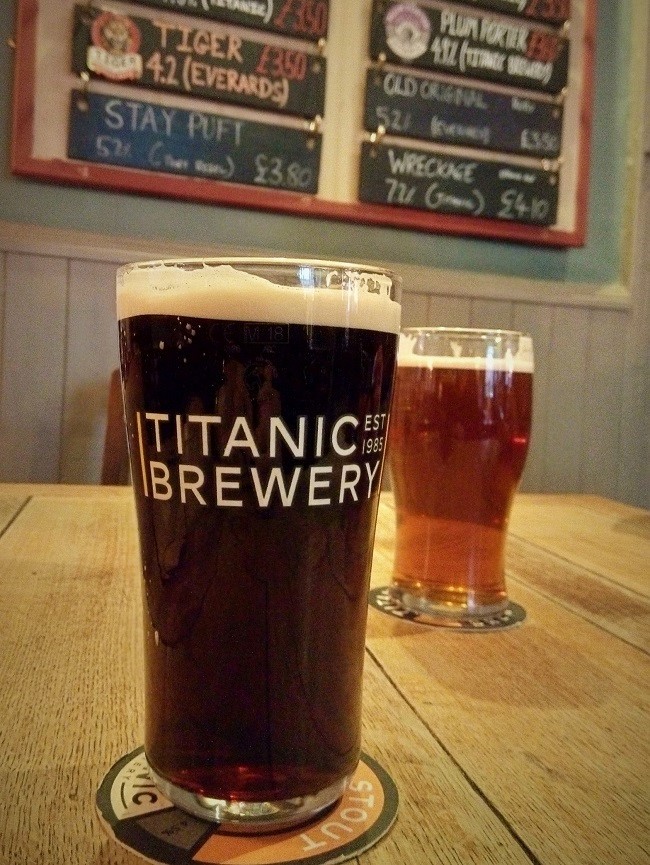
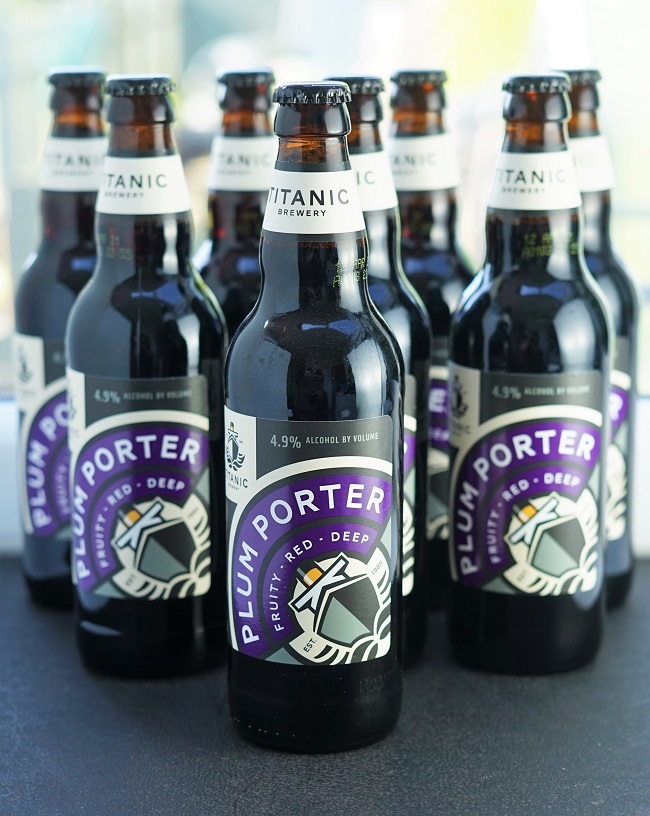
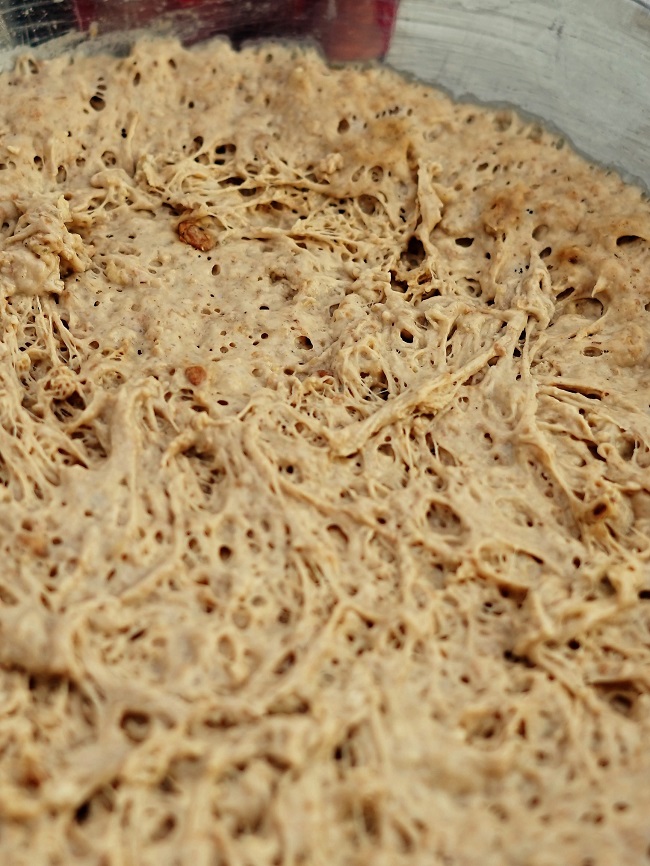
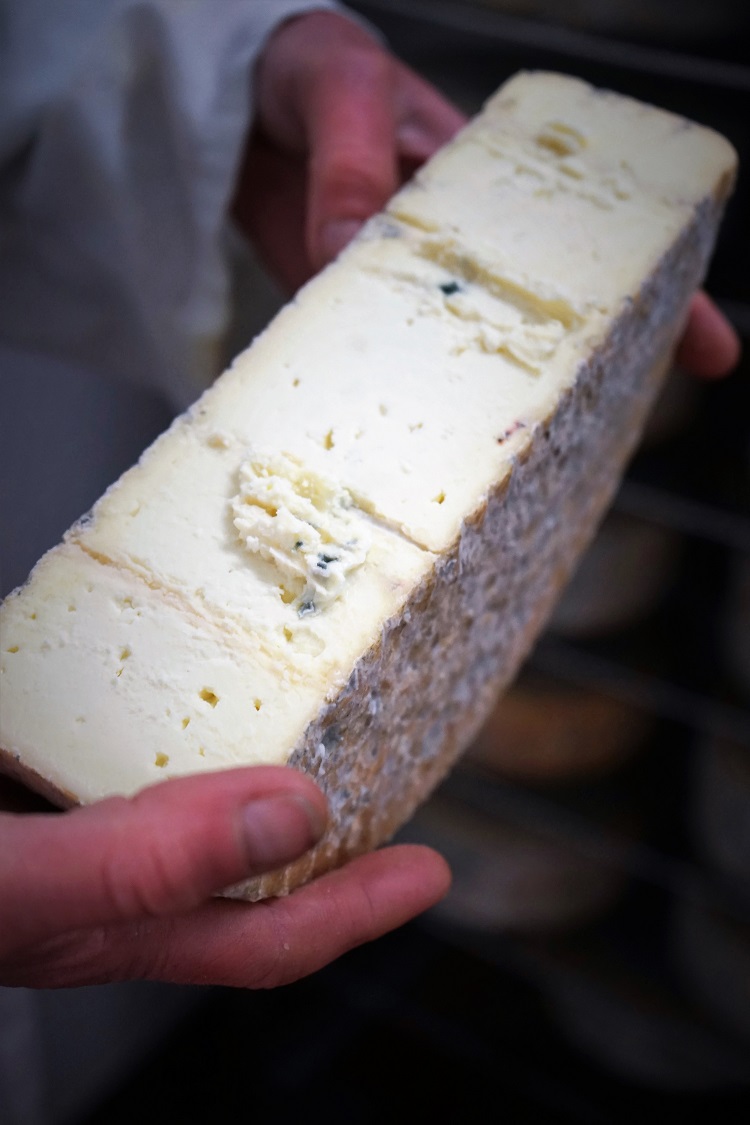
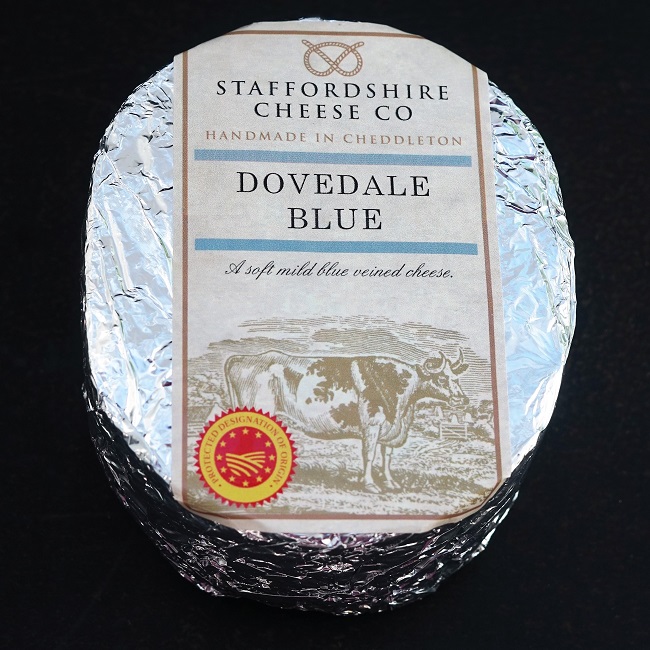
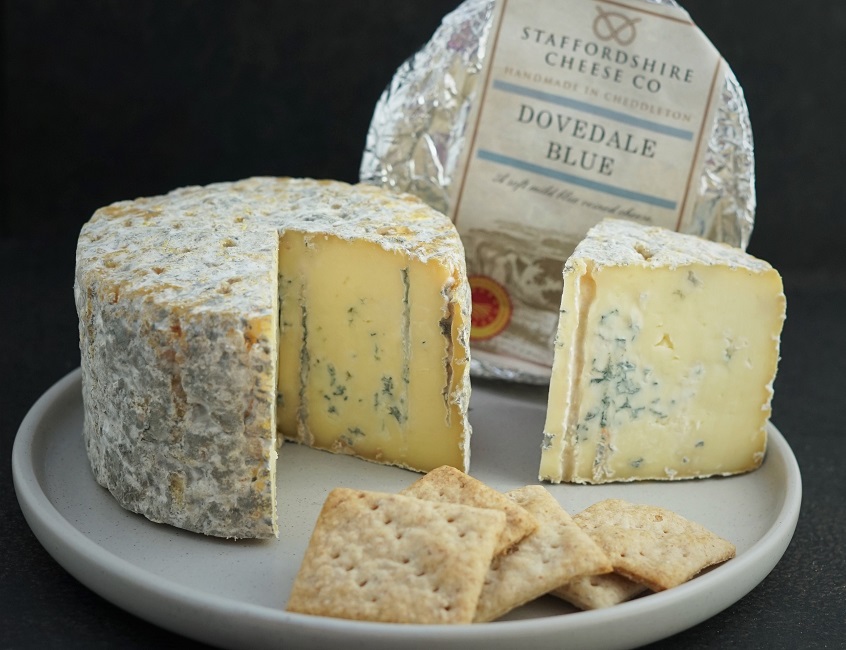
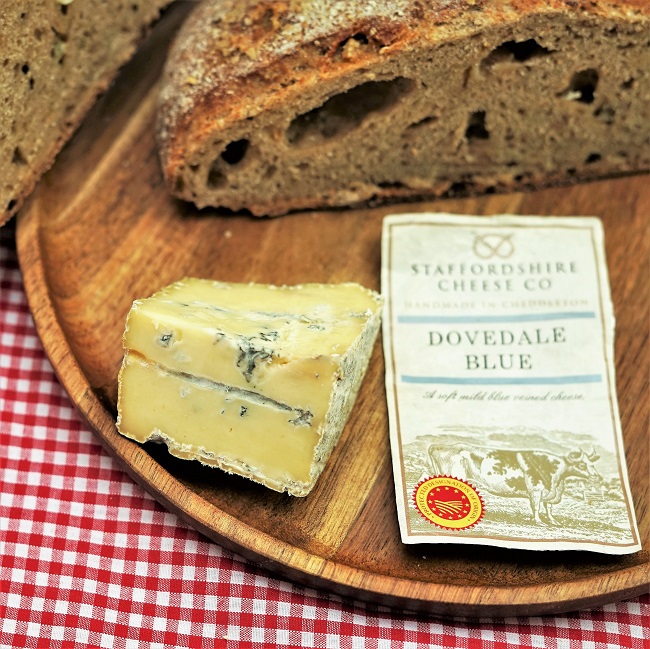
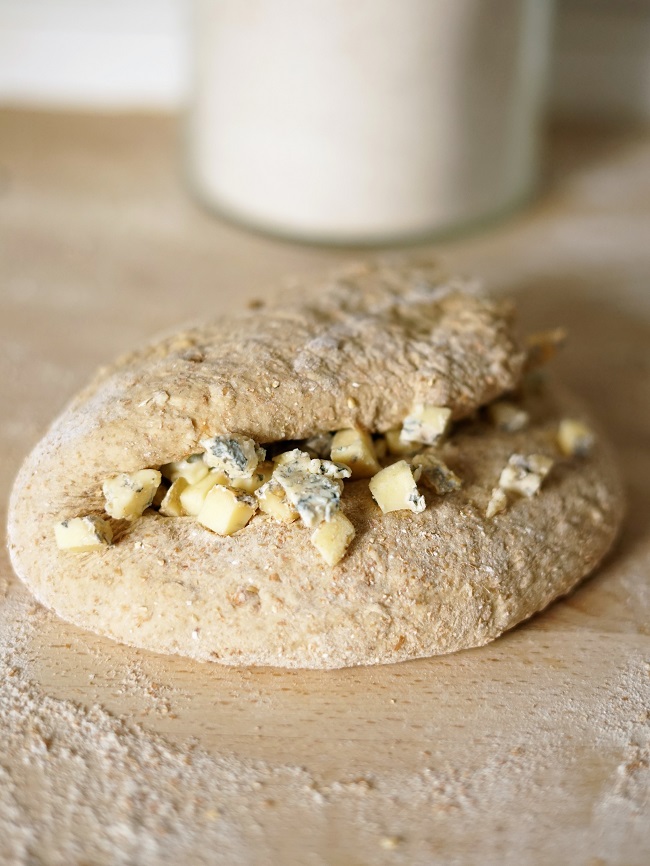
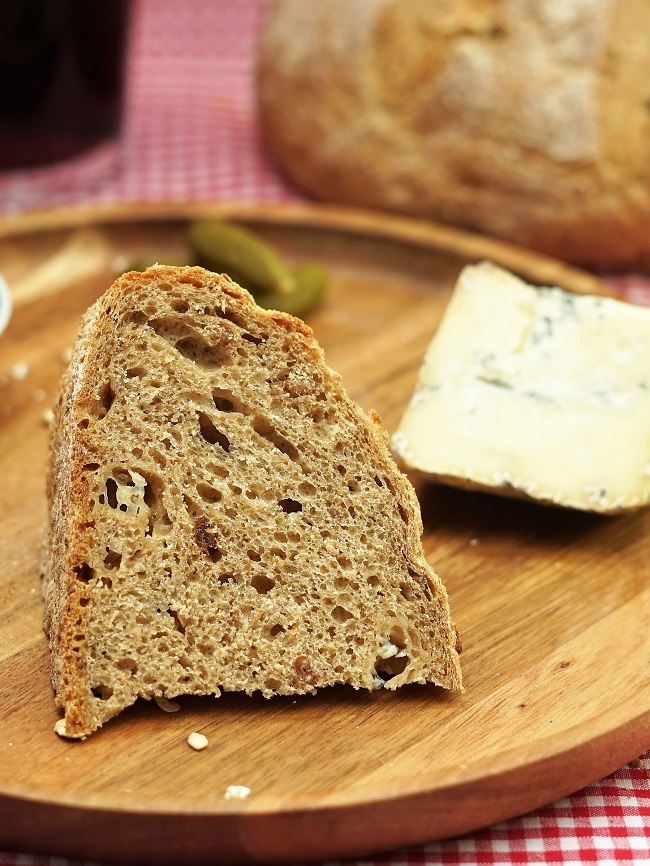
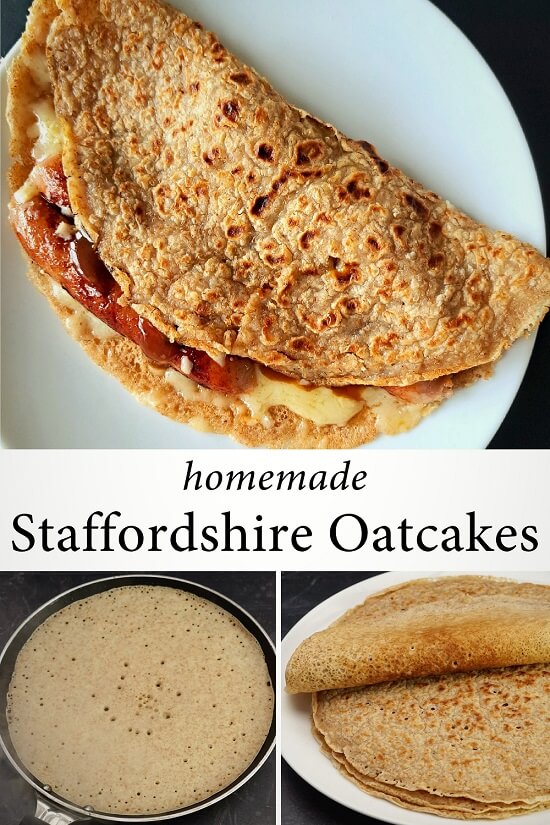
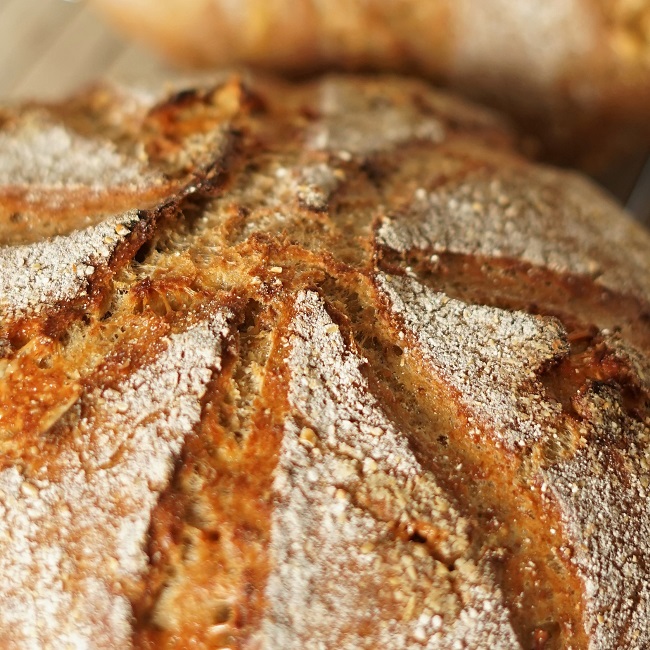
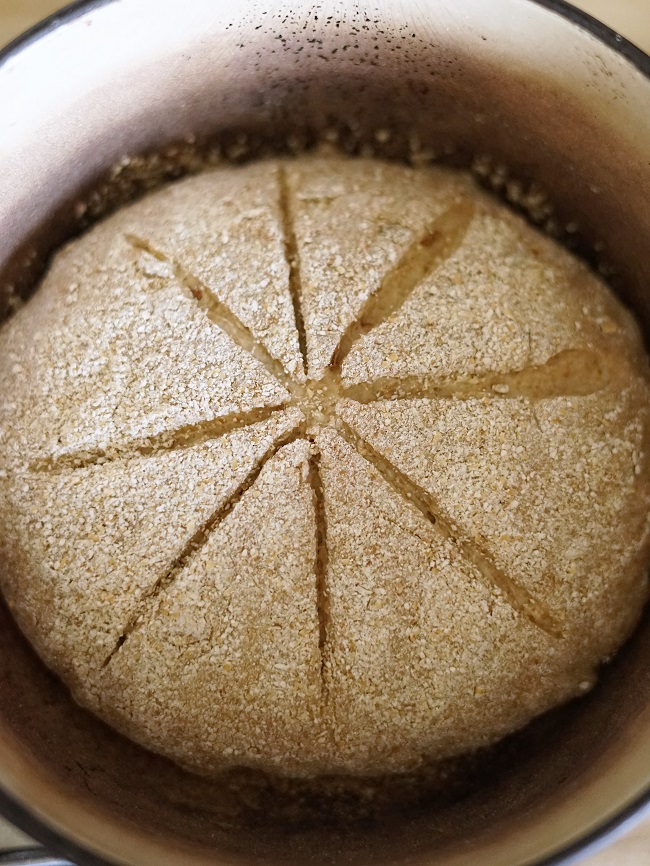
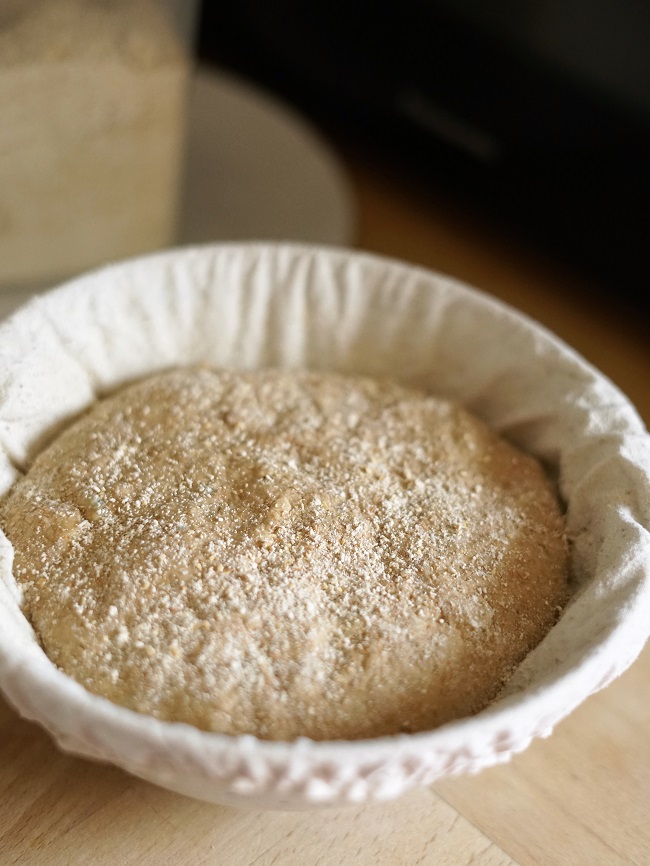
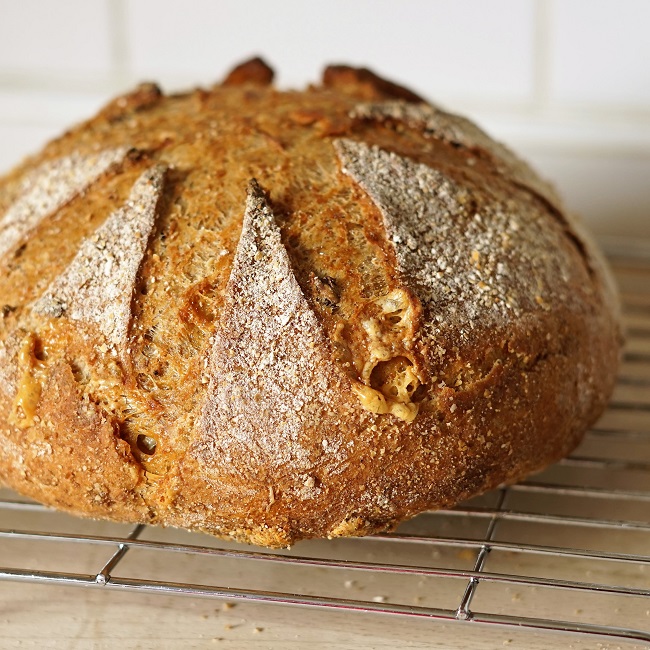

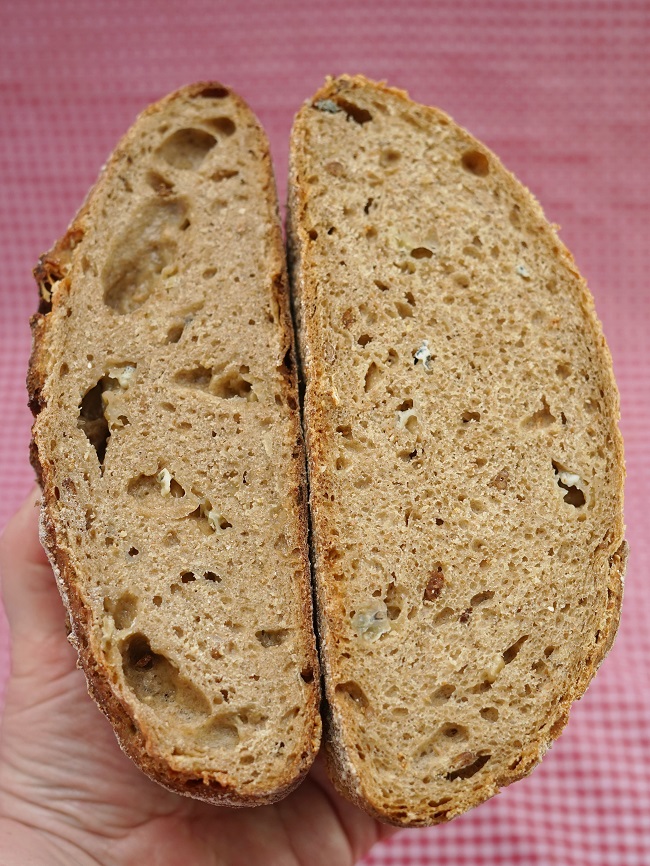
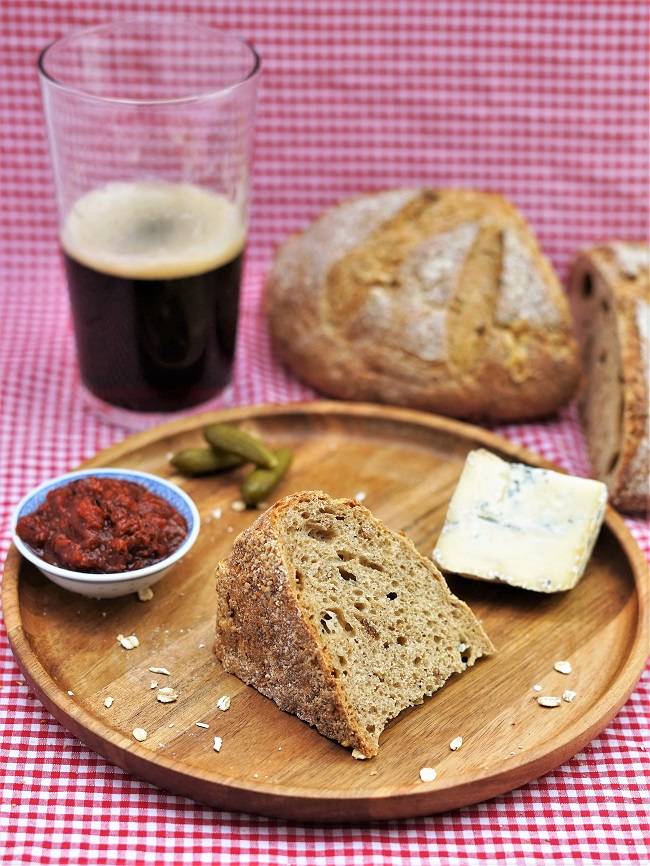
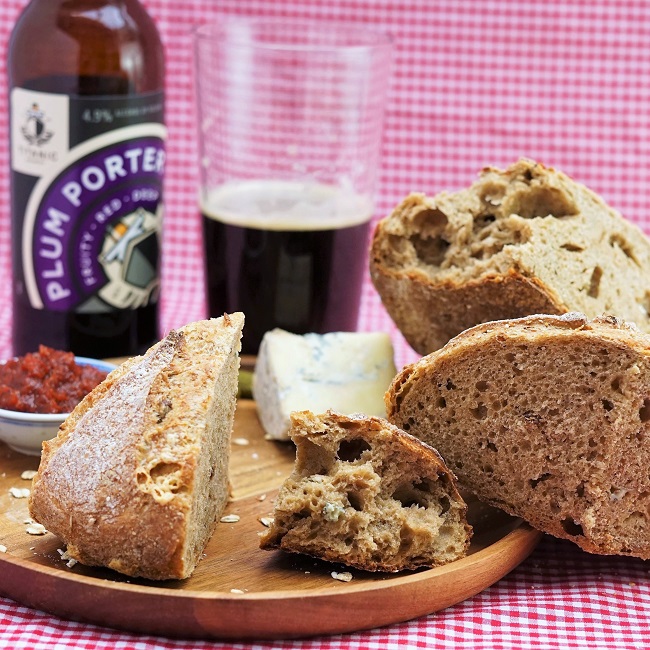
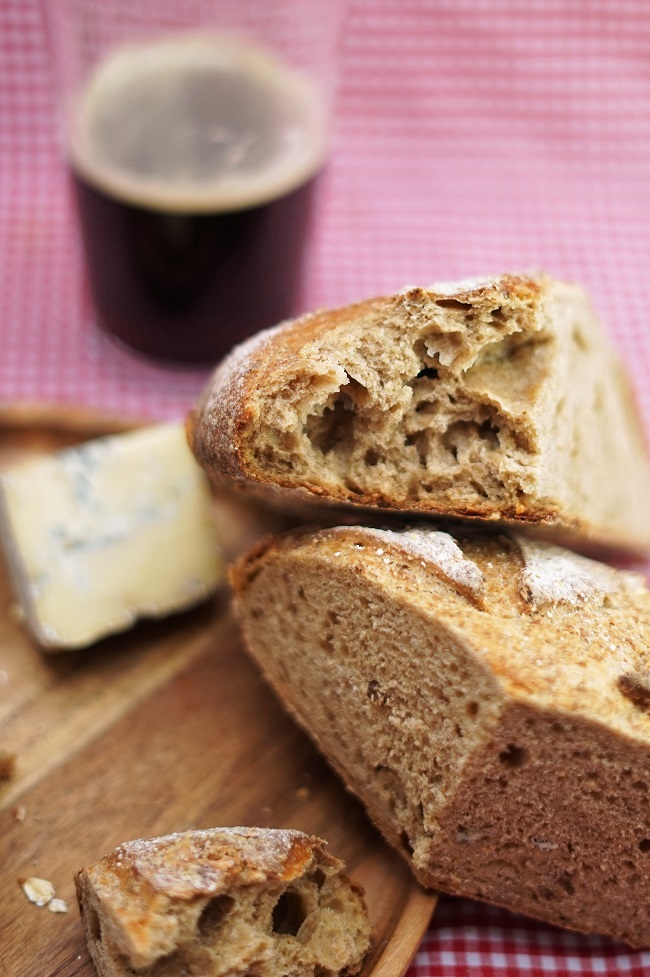
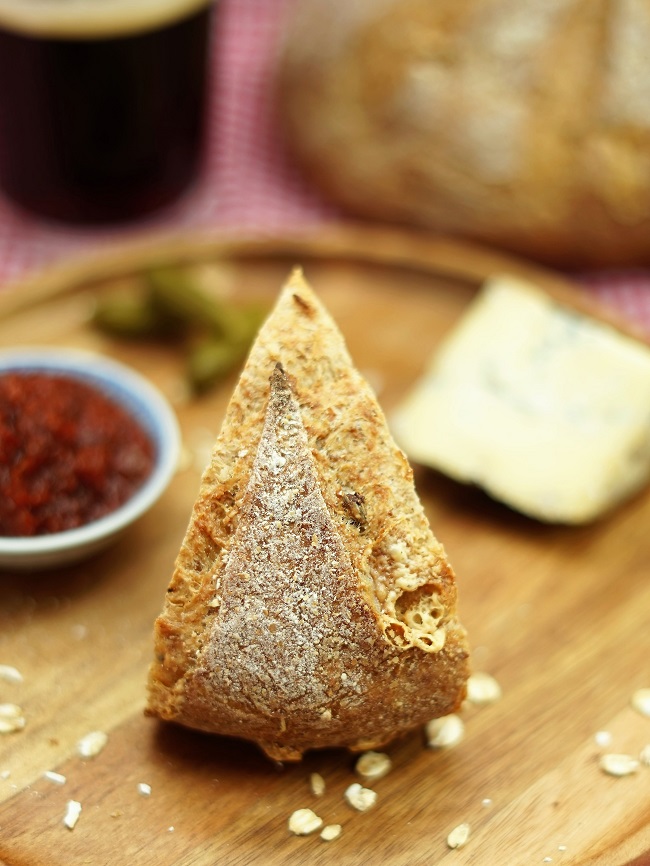

The smell in the kitchen whilst this was cooking was unbelievably gorgeous. I used some left over Cropwell Bishop Stilton and Saltaire Stout. Another fabulous recipe which will now become a staple. Very grateful to you for this
Thank you for your lovely feedback, Richard: I love the smell of this bread baking too!
So glad you enjoyed the recipe and many thanks for taking the time to get in touch.
I live in Picardie, northern France, and made a version of this today: a beer bread using French flours and beer:
100g Rye flour (farine de seigle)
250g T80 flour (semi-wholemeal from a local mill)
250g T65 flour (standard white French bread flour)
2 tsp salt
1.5 tsp instant yeast
1 x 330ml bottle beer (I used the Ambrée from Ardwen brewery in the French Ardennes, on offer at Lidl!)
130ml water
It worked extremely well and gave just the result I was hoping for: something like a malted bread loaf in flavour and texture (we can’t get malted flour here). The loaf rose very well and has a great texture, crust and flavour. I really appreciate your recipes as they basically just work, really well! Thanks so much.
Hello Chris,
Thank you so much for your kind words about my recipes!
I love that you made this recipe using French ingredients, including some locally milled flour. Wonderful to hear that you enjoyed the results.
Many thanks for your lovely feedback!